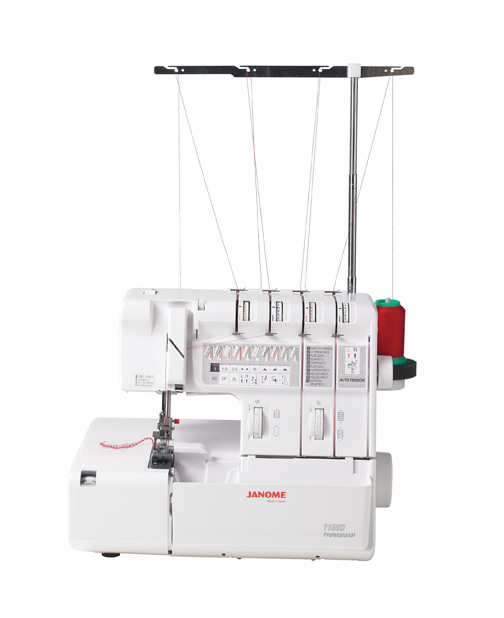 Many people who sew are afflicted with a tendency toward perfectionism. Those who admire their work may swoon over the beauty of the finished product, while the sewist herself sees only the three errant stitches in the left sleeve.
Many people who sew are afflicted with a tendency toward perfectionism. Those who admire their work may swoon over the beauty of the finished product, while the sewist herself sees only the three errant stitches in the left sleeve.
Because of this, as many sewists refine their skills, they aspire more and more toward the professional finishes found in ready-to-wear garments and other professionally produced sewn goods. The serger is the perfect machine for achieving this finish quickly and easily.
The serger may seem intimidating to some, but a basic understanding of the different parts of the machine and what they do to achieve the variety of stitches will go a long way toward making you comfortable with this remarkable and versatile machine.
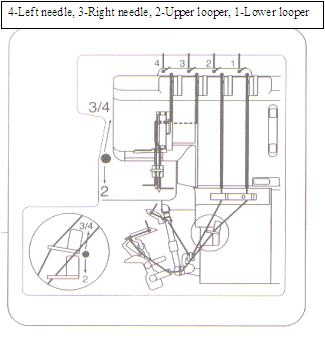
The main thing that sets sergers apart from sewing machines are the loopers. These are located inside the machine, and under the needle. The loopers act like knitting needles, in that they overcast over the needle threads.
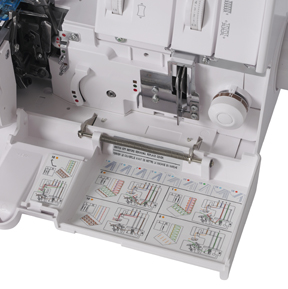
The loopers are threaded in a special sequence, and it is best to refer to the manual for threading instructions, especially the first few times you thread the machine. Many Janome machines include a threading chart right on the machine, for an easy reminder when threading the serger. (Many users just tie the new thread to the old thread and pull through the thread guides to re-thread the machine, and this is acceptable if you are not switching between stitches or functions.)
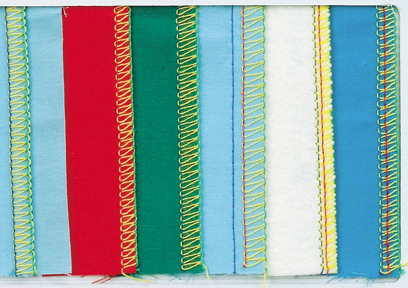
On a serged seam, the left needle forms the first row of stitching, and the right needle forms the second row of stitching. The Upper Looper produces the stitch that lays on the right side, or top of the fabric, and the lower looper provides the stability for the stitch. Together the upper looper and lower looper secure the stitch at the edge of the fabric after it has been trimmed by the blade(s). By adjusting the thread tensions for the different positions many other stitch formations can also be achieved, including the rolled hem, flatlock, picot edge, braid edge, and more. Having so many different stitch options and the ability to work with nearly any type of fabric provides unlimited possibilities for expressing your creativity with a professional result.
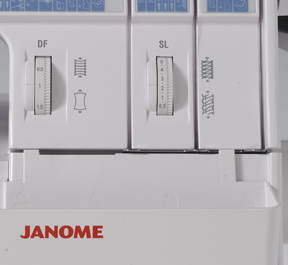
One last essential element of the serger is the Differential Feed setting knob. It is the setting for the two sets of feed dogs under the presser foot. (The feed dogs are front and back teeth that grip the fabric and advance it past the presser foot when serging.) The front feed dogs deliver the fabric to the needle, and the back feed dogs move the fabric away after the stitches are formed. The differential feed setting may be adjusted to assure that the fabric remains flat and does not gather, pucker, or wave.